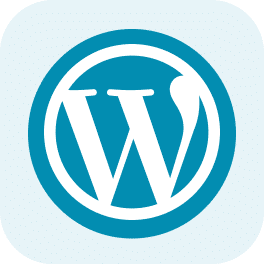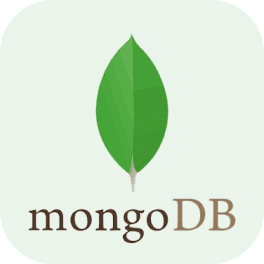Introduction
As Flutter developers, we often use the terms plugin and package interchangeably. However, they are not the same thing. Understanding the distinction between the two is important when developing or choosing the right tool for your app.

In this article, we’ll explore the key differences, use cases, and when to choose one over the other.
📦 What is a Flutter Package?
A Flutter package is a collection of Dart code and assets (like images, fonts, etc.) that adds functionality to a Flutter app. Packages help developers avoid reinventing the wheel by providing reusable solutions for common problems.
🔑 Key Characteristics:
Written entirely in Dart.
Does not include any native platform-specific code (e.g., no Java/Kotlin for Android or Objective-C/Swift for iOS).
Can contain widgets, utilities, models, state management solutions, and more.
Works purely within the Flutter framework.
🌟 Examples:
- 🧩 provider (state management)
- 🌐 http (network requests)
- 💾 shared_preferences (basic key-value storage without heavy native dependencies)
🔌 What is a Flutter Plugin?
A Flutter plugin is a special type of package that provides an interface between Dart code and platform-specific code (Android, iOS, Web, Desktop). Plugins are needed when Flutter apps need to access platform services, sensors, or APIs that are outside the Flutter framework.
🔑 Key Characteristics:
- Includes Dart code and platform-specific native code.
- Uses platform channels to communicate between Flutter and native layers.
- Needed when you require access to hardware features or native platform APIs (e.g., camera, GPS, file system).
🌟 Examples:
📸 camera (access device camera)
🗺️ google_maps_flutter (display Google Maps)
📱 device_info_plus (fetch device hardware info)
🔍 How to Identify if It’s a Package or Plugin?
When browsing pub.dev:
- If you see “Plugin” tag: it’s a Flutter Plugin (native code included).
- If you only see “Package” tag: it’s a Dart-only Flutter Package.
You can also look at the repository:
- A plugin will usually have folders like android/, ios/, web/, macos/, windows/, or linux/.
- A Dart-only package typically has only lib/, test/, and maybe assets/.
Thank you for reading!
I’d love to hear your thoughts — feel free to share your experiences or questions about Flutter plugins and packages in the comments.

























